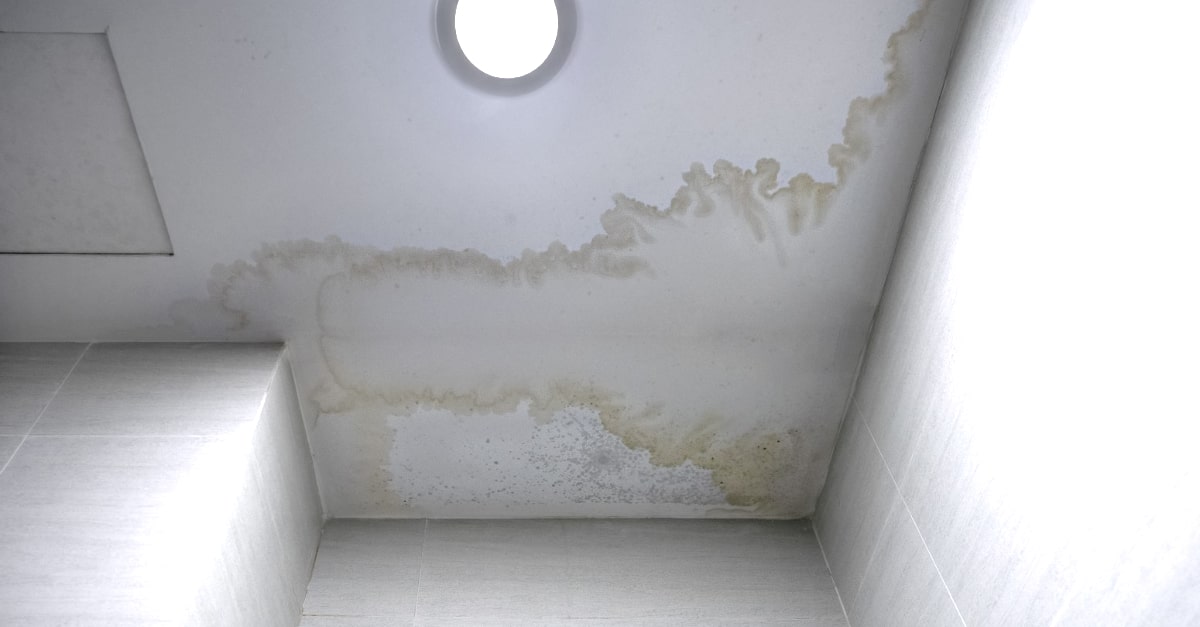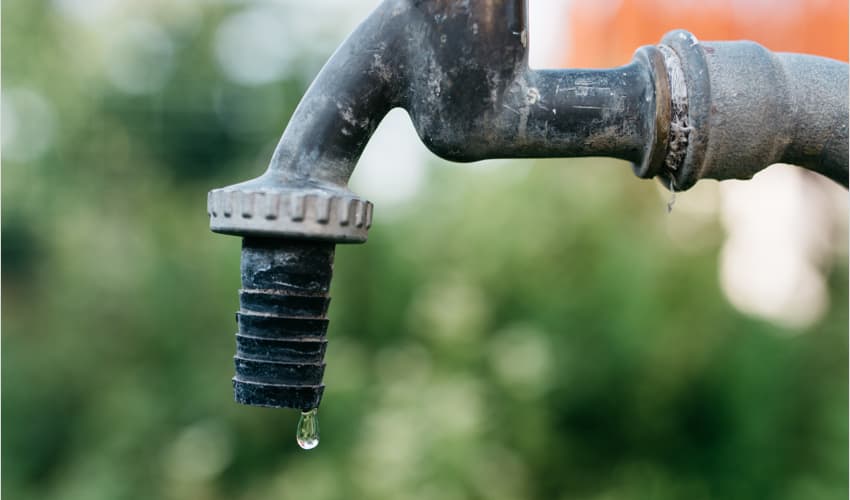Exploring the Primary Causes for Leakage in Your Home
Exploring the Primary Causes for Leakage in Your Home
Blog Article
Everyone maintains their unique perception about Most Common Causes of Leaky Pipes.

Leaks not just create waste of water but can additionally trigger unnecessary damage to your home as well as advertise unwanted natural growth. Water leakages may go unnoticed given that many of the pipework in our house is concealed. By comprehending and looking for day-to-day situations that create leakages, you can protect your residence from future leaks and unneeded damage. Today, we will look at six leakage triggers that may be creating your pipes to leak.
Immediate temperature level modifications.
Extreme temperature modifications in our pipes can trigger them to expand and get suddenly. This growth and also tightening may cause cracks in the pipelines, specifically if the temperature are below freezing. If you maintained an eye on just how your plumbing functions, it would certainly be best. The visibility of the formerly mentioned circumstances frequently indicates a high threat.
Corroded water supply
As time passes by, your plumbing system ages and deterioration such as rust might start eating away the pipelines. This might be the source of discoloration or bending on your water pipes. This asks for an examination with your plumber quickly. If our plumbing system is old, think about replacing the pipes given that they are at a greater threat of corrosion than the more recent versions.
Malfunctioning Pipeline Joints
The point at which your pipes connect is frequently the weakest web link in the waterline. Pipeline joints can wear away over time, resulting in water leakages. The majority of pipe joints are not easily visible. If you have loud pipelines that make ticking or banging noises, especially when the warm water is switched on, your pipe joints are probably under a great deal of pressure. It is recommended to have your plumber inspect your system once a year.
Elbowing in roots
The majority of water leaks begin outside your home as opposed to inside it. If you discover an abrupt decrease in water stress, claim in your tap, take some time to head out and examine your backyard. You might discover damp spots or sinkholes in your backyard, and that may indicate that tree origins are invading water lines causing water to leak out. You can have your plumber look for breach, specifically if you have trees or shrubs near your building.
Poor Water Connectors
At times, a leakage can be caused by loosened hoses and also pipes that supply your devices. In situation of a water links leak, you may see water running directly from the supply line or pools around your devices.
Clogged Drains
Blocked drains pipes might be aggravating and inconveniencing, however they can often wind up causing an overflow resulting in rupture pipelines. Maintain getting rid of any products that might decrease your drains that might clog them to avoid such troubles.
All the above are sources of leaks but not all water leaks result from plumbing leaks; some leakages could originate from roof covering leakages. All leakages must be fixed promptly to prevent water damage.
Leakages not only cause waste of water but can additionally cause unneeded damage to your house and promote undesirable natural development. By looking and also understanding for everyday situations that cause leaks, you can protect your residence from future leakages as well as unnecessary damages. Today, we will look at six leakage triggers that may be causing your pipelines to leak.
At times, a leak can be created by loose tubes as well as pipes that provide your appliances. In instance of a water connections leakage, you may discover water running straight from the supply line or puddles around your devices.
How To Check For Water Leak In Your Home
How To Check for Leaks
The average household's leaks can account for nearly 10,000 gallons of water wasted every year and ten percent of homes have leaks that waste 90 gallons or more per day. Common types of leaks found in the home are worn toilet flappers, dripping faucets, and other leaking valves. These types of leaks are often easy to fix, requiring only a few tools and hardware that can pay for themselves in water savings. Fixing easily corrected household water leaks can save homeowners about 10 percent on their water bills.
To check for leaks in your home, you first need to determine whether you're wasting water and then identify the source of the leak. Here are some tips for finding leaks:
Take a look at your water usage during a colder month, such as January or February. If a family of four exceeds 12,000 gallons per month, there are serious leaks.
Check your water meter before and after a two-hour period when no water is being used. If the meter changes at all, you probably have a leak.
Identify toilet leaks by placing a drop of food coloring in the toilet tank. If any color shows up in the bowl after 10 minutes, you have a leak. (Be sure to flush immediately after the experiment to avoid staining the tank.)
Examine faucet gaskets and pipe fittings for any water on the outside of the pipe to check for surface leaks.
Undetected water leaks can happen without the home or business owner even realizing. If you suspect a water leak, but not able to find the source. It is time to contact a professional water leak detection service, The Leak Doctor.
How To Find a Water Leak In Your Home
https://www.leakdoctor.com/blog/How-To-Check-For-Water-Leak-In-Your-Home_AE197.html

I am very interested by How to detect water leaks in your home and I hope you enjoyed reading our entry. So long as you liked our page kindly make sure you remember to pass it around. Thanks for your time. Visit again soon.
Immediate plumbing assistance for emergencies. Report this page